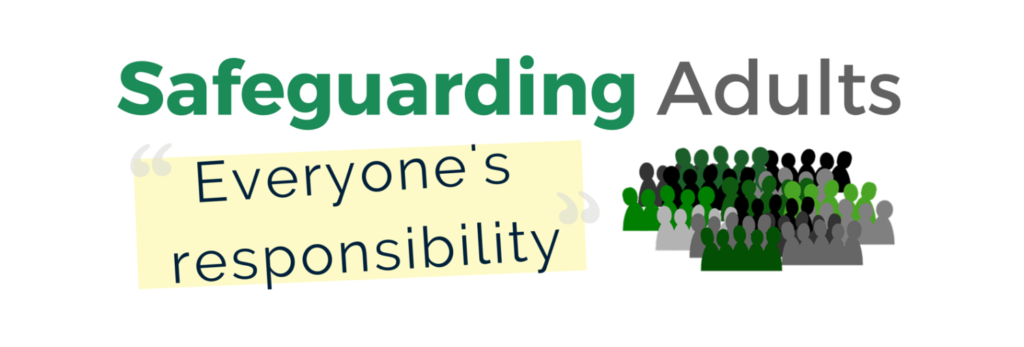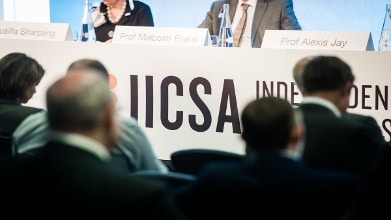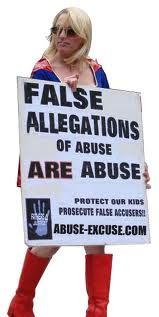
Every so often I am contacted by an individual over something with abuse or a safeguarding issue. Sometimes I can suggest things or people to talk to in order to receive help. On other occasions I am left stuck.
I want to put on-line the outlines of a case with the hope that someone will know what to do and how to activate the processes of the Church of England to support a vulnerable adult. In this case things have now reached an impasse and I suspect that the case will in fact only ever be resolved when it is allowed to be handed over to the secular authorities. A church in the south of England has been the spiritual home of a middle-aged woman (we will call her Jane) for a number of years. Recently a very old friend of this woman re-established contact with her after a long time. She had known her well in the past and they had both attended an evangelical church in London for many years. The friend noticed that Jane had suffered a personality change of some kind and stopped communicating easily. She had moved to a smaller house in the area, and the move was visibly assisted by key people in Jane’s church. While Jane was serving the church as minutes secretary for the Church Council there was something odd and secretive about this role. Her friend noticed by chance on her computer that there were two directories on her word processor. One was marked ‘minutes’ and the other ‘changed minutes’. As the friend knew that the church concerned had been failing to publish its accounts for more than a decade and large sums of money had been acquired via undocumented loans (some of which the contributing churches were unaware had not been listed in congregational accounts) and then not properly audited, she was alarmed. As a church member elsewhere, she knew that the absence of these accounts and the secretive nature of church affairs was irregular and contrary to legal and church protocol. When Jane seemed unwilling to talk to her about any of these things, her friend began to suspect that there was some system of control over her in operation.
The Church of England follows the State in declaring that some adults be categorised as vulnerable. Jane’s friend began to believe that the excessive degree of paranoia and fearfulness together with high suggestibility were evidence that Jane was becoming or had become a vulnerable adult. She had signed documents in the past that she acknowledged she did not understand but said the ‘Minister had asked her to sign them’ so she presumed it was all right. Jane seemed totally unable to make any decisions on her own without reference to others in the church. While Jane seemed pleased to renew an old friendship, there were large parts of her personality that were out of reach. She appeared devoid of emotion and was often found “disassociating” – (seeming glazed). The friend wondered whether this was a case of spiritual abuse by the church. The changes to Jane’s personality, when she discussed them with others, suggested a clear case of institutional coercion and control. Normally when this diagnosis is given, it is a man who is pressurising the woman in this way. Was this a case of coercion and control by a church?
Jane’s friend decided that she had to do something about the situation. She consulted the web-site for her diocese and contacted the local Diocesan Safeguarding Adviser (DSA). She was impressed by the speed and efficiency with which he responded to her request for help. He took extensive notes and promised not only to make enquiries about Jane but to ask questions about the other issues connected with the church and investigate the possible financial irregularities including where any Accounts might have been lodged. He also promised to find the appropriate police contact to hand over potential evidence that had been gathered. (The relevant Bishop has also said in emails that he thought his DSA could point her to the correct police contacts to assist.)
The friend received the impression that this kind of case had piqued the DSA’s interest and that he was going to give it plenty of attention. He took copies of all the financially irregular and other legal documents shown to him. She heard from him once by email to say that he was trying to make progress and then the case was suddenly shut down. She had an email to say that she should visit her local police station or call 101. This response had the feeling of being formulaic as her local police station had closed years before. The friend’s judicial contacts confirmed that “someone must have got to him”.
What are we to make of this story? It would seem that the DSA had been ordered by someone in the system not to disturb the status quo. Something in the Diocesan structure was more important than the safeguarding of a vulnerable woman. Who is one to appeal to in such a situation? The independence of dioceses is celebrated but we can we can see that this story strongly supports the contention that independent oversight is needed. Why should anyone in the diocesan structure be able to close down, without explanation, a legitimate concern about a vulnerable adult caught up in an apparently abusive church situation?
The evidence that has been shared with me in the past about Jane leaves me with little doubt that the church concerned is one that exploits its members in a quasi-cult manner. Such churches sit lightly on the structures of authority, whether secular or ecclesiastical. Perhaps what I am raising is the impotence of the system of safeguarding to oversee churches that practise spiritual abuse. About twelve months ago there was a flurry of discussion about the existence and meaning of spiritual abuse, occasioned by the Timothy Davis case. Perhaps DSAs don’t feel equipped to deal with this situation as it touches on theological issues. But whatever else is true, there is a fragile vulnerable woman who has been robbed of her confidence and peace of mind to become a shadow of her former self. All this has been done apparently by a church. The Diocese where she lives and the DSA do not want to investigate or help. As they cannot or will not do anything to investigate or protect her, is there anywhere else that can assist in this situation? Is this a case where a safeguarding body, independent of the church’s structures, should be allowed to step in?








